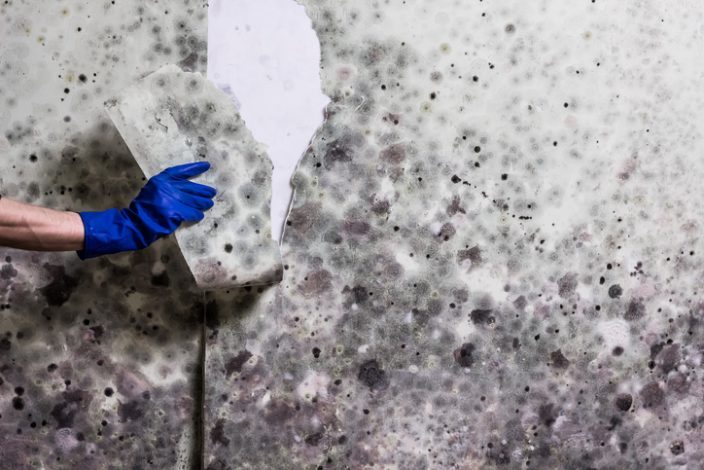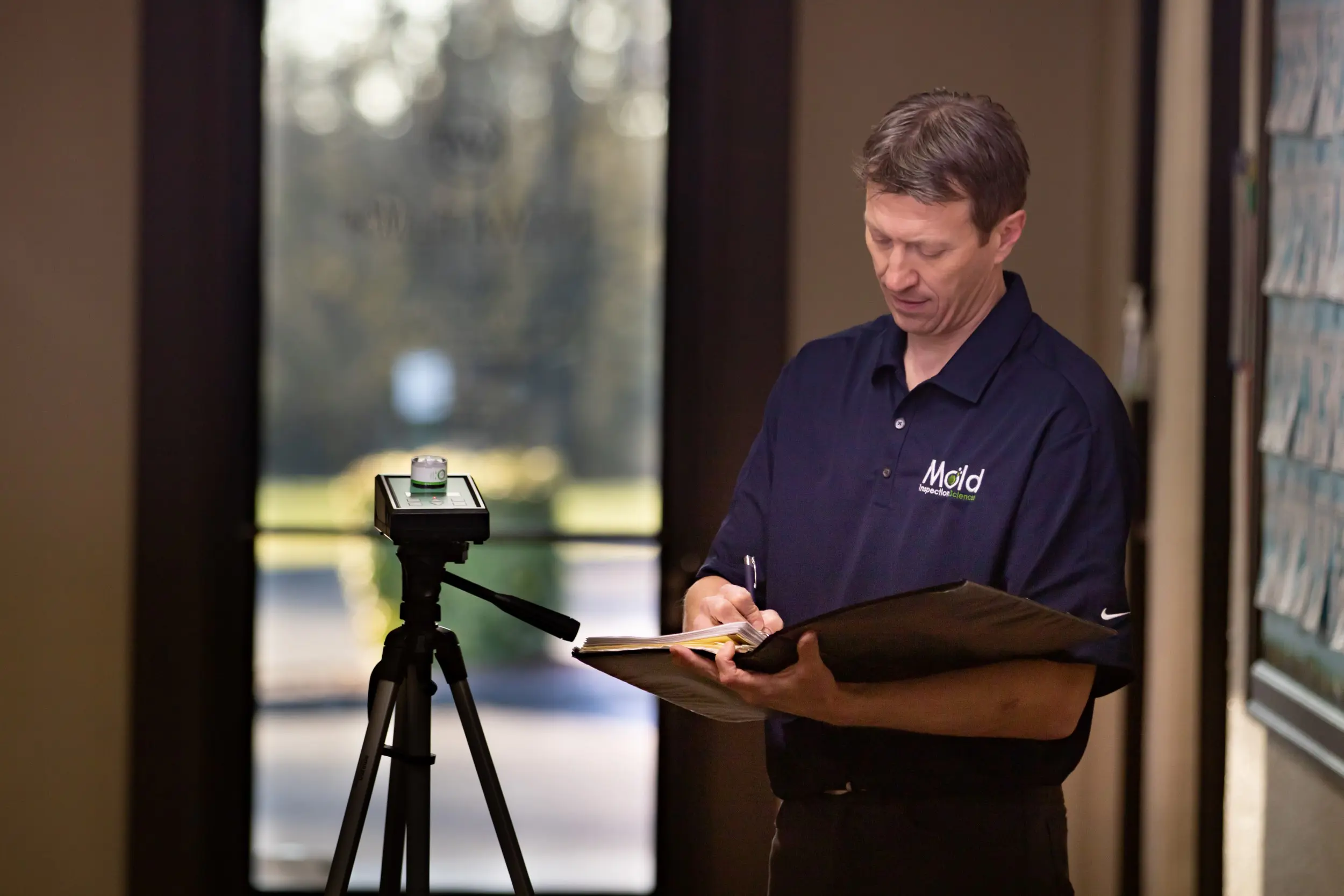Comprehensive Post Mold Remediation Procedures
Professional Tips for Blog Post Mold And Mildew Remediation Success
In the world of mold and mildew removal, successfully eradicating mold is just half the fight; the real difficulty lies in stopping its reappearance. By sticking to experienced pointers and ideal methods, individuals can safeguard their rooms versus mold and mildew rebirth and maintain a healthy and balanced indoor environment.
Display Moisture Degrees Routinely
Regular surveillance of moisture levels is essential in guaranteeing the efficiency of message mold remediation efforts. After completing mold and mildew remediation treatments, maintaining optimal moisture levels is essential to stop mold re-growth and make certain a healthy and balanced indoor atmosphere. Surveillance humidity levels permits early detection of any spikes or variations that might possibly cause mold rebirth. High humidity levels over 60% create a helpful setting for mold and mildew to thrive, making normal keeping an eye on a proactive action to stop any type of future mold and mildew concerns - what to do after mold remediation.
Making use of hygrometers or wetness meters can aid in accurately determining humidity levels in different locations of the home. These devices provide real-time data that makes it possible for remediation professionals to make educated decisions pertaining to ventilation, dehumidification, and other required actions to keep perfect humidity levels post-remediation. Furthermore, developing a regular timetable for moisture checks, especially in high-risk locations such as basements, shower rooms, and cooking areas, is a proactive strategy to mold avoidance. By regularly monitoring moisture levels, property owners can efficiently mitigate the threat of mold and mildew reoccurrence and maintain a healthy interior atmosphere post-remediation.
Conduct Thorough Inspections Post-Remediation
Complying with the completion of mold and mildew remediation procedures, it is critical to perform extensive inspections to confirm the effectiveness of the removal procedure. These post-remediation evaluations are critical in guaranteeing that the mold issue has actually been effectively dealt with and that there is no reappearance or remaining mold and mildew development. Evaluations must be accomplished by certified specialists who have knowledge in recognizing mold and mildew and evaluating indoor air top quality.
During these assessments, numerous approaches such as aesthetic assessments, air sampling, and surface sampling might be used to extensively evaluate the remediated locations. Aesthetic evaluations entail a detailed assessment of the properties to examine for any visible indicators of mold and mildew development or water damage. Air sampling aids in establishing the air-borne mold and mildew spore levels, while surface tasting can find mold fragments on surface areas.
Implement Correct Air Flow Techniques
After guaranteeing the effectiveness of the mold and mildew removal procedure with extensive inspections, the following vital action is to concentrate on carrying out proper ventilation strategies. Appropriate ventilation is crucial in avoiding mold and mildew reoccurrence by managing moisture degrees and promoting air blood circulation.
Appropriate air flow not just aids in protecting against mold development yet also adds to the general wellness and comfort of owners. By making sure adequate air flow throughout the home, you can lower the risk of mold regrowth and develop a much healthier living environment. Regular upkeep of ventilation systems, including cleansing and filter substitutes, is critical to sustaining effective ventilation. Consulting with HVAC professionals can give more insights into enhancing air flow approaches for your specific property demands.

Usage Mold-Resistant Materials for Repair Works
To improve the long-lasting effectiveness of mold remediation efforts, incorporating mold-resistant materials for repairs is crucial in minimizing the risk of future mold development. Mold-resistant materials are designed to endure moisture and hinder mold development, making them an essential selection for areas prone to moisture and moisture. When repairing locations impacted by mold and mildew, using products such as mold-resistant drywall, mold-resistant paints, and mold-resistant caulking can assist avoid mold and mildew reoccurrence.
Mold-resistant drywall is an outstanding alternative to typical linked here drywall in areas like cellars and bathrooms where wetness degrees are greater. This kind of drywall has a special layer that resists mold development also when revealed to damp problems. Furthermore, using mold-resistant paints having antimicrobial representatives can further inhibit mold and mildew development on walls and ceilings.
In areas where moisture prevails, such as cooking areas and bathrooms, using mold-resistant caulking around sinks, windows, and tubs can help secure out water and stop mold from holding in splits and holes. By purchasing these mold-resistant products throughout fixings post-remediation, you can dramatically lower the possibility of future mold and mildew concerns and preserve a healthier interior setting.
Maintain Cleanliness and Address Water Issues
Making certain sanitation and quickly addressing water concerns are essential methods to maintain in guarding interior spaces from mold and mildew reinfestation. After mold and mildew remediation, it is crucial to maintain a tidy atmosphere to stop the regrowth of mold and mildew (Post Remediation verification). Routine cleaning, dusting, and vacuuming can assist eliminate any kind of lingering mold spores and prevent them from proliferating and settling. In addition, maintaining interior spaces dry and attending to any water problems immediately is vital in mold and mildew prevention. Leakages, water invasion, or high humidity levels can produce the ideal reproduction ground for mold, so it is necessary to repair any type of water-related problems instantly.
To preserve cleanliness, think about making use of HEPA filters in vacuum cleaners and air purifiers to catch mold spores and stop their blood circulation check it out airborne. Additionally, ensuring correct ventilation in areas prone to moisture buildup, such as shower rooms and kitchen areas, can help maintain humidity degrees in check. By staying vigilant regarding sanitation and attending to water problems immediately, you can effectively prevent mold reinfestation and preserve a healthy and balanced indoor setting.
Conclusion

In the world of mold removal, successfully getting rid of mold is just half the remove mold in house fight; the real difficulty exists in avoiding its reappearance. After finishing mold remediation treatments, preserving ideal moisture degrees is important to prevent mold and mildew re-growth and make certain a healthy and balanced interior environment. High humidity levels above 60% create a favorable environment for mold and mildew to flourish, making normal keeping track of an aggressive procedure to stop any kind of future mold and mildew problems.
To boost the long-term effectiveness of mold and mildew removal efforts, including mold-resistant materials for repair services is crucial in mitigating the risk of future mold development. After mold and mildew removal, it is essential to maintain a clean setting to protect against the regrowth of mold.